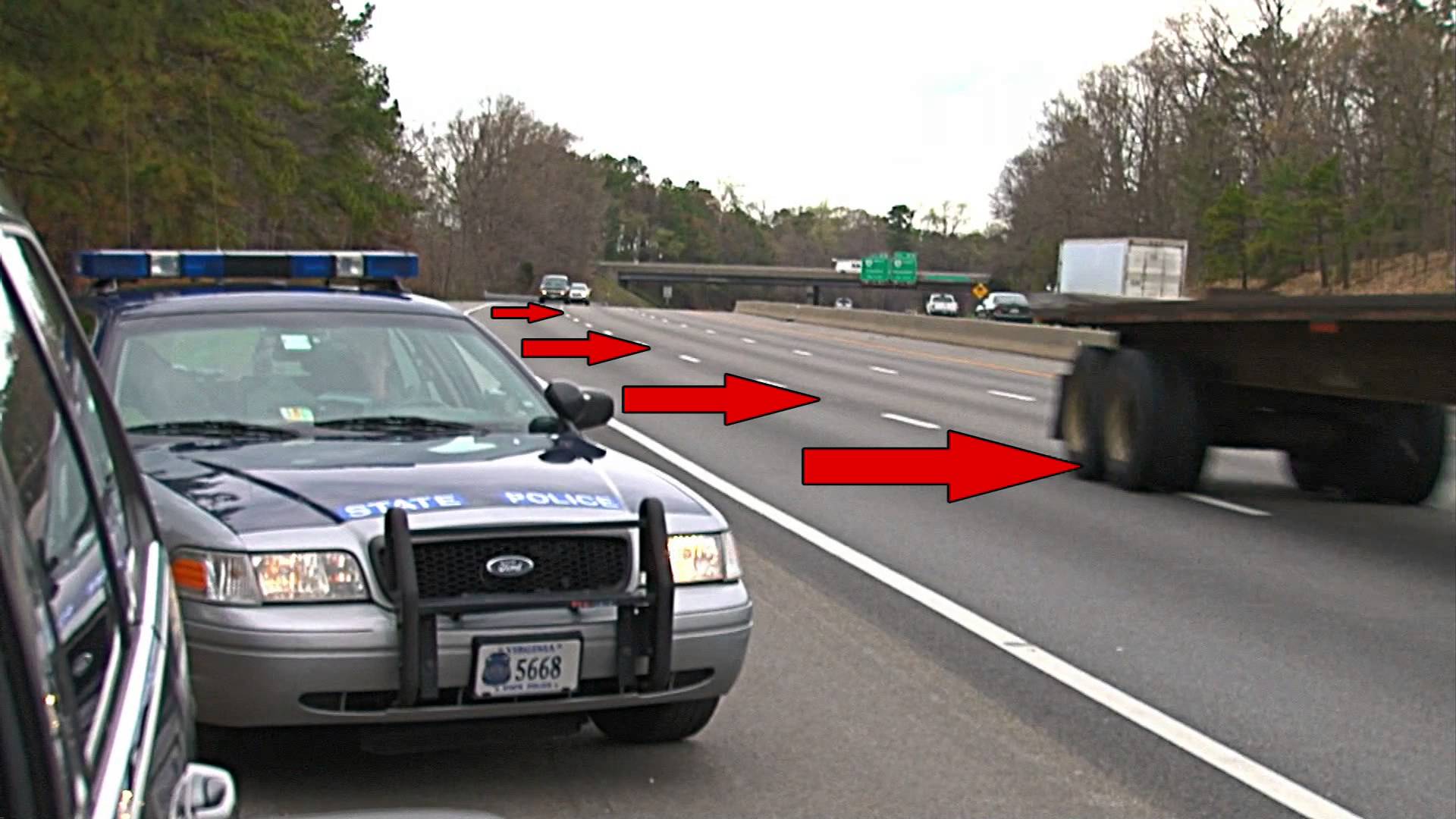Defensive Driving Tip #61: Never Stop on a Freeway!
This one seems like such a no-brainer, but you see vehicles stopped on controlled access highways all the time. You may have no other choice if you have an emergency, but otherwise, take an off-ramp and find a parking lot to get out of traffic and off the road for a minute or two, to read your texts, make your call etc.
We teach in defensive driving class that you would think other drivers would see a vehicle stopped along a freeway shoulder and be able to keep from hitting it, but the collision statistic books are filled each year with this kind of mishap. That is why we have the “Move over Law” in Arizona, ARS 28-775. I think a large part of the reason is that many drivers do not keep their eyes up and looking down the road — instead, they’re looking somewhere directly over their hood ornament. They don’t see hazards waiting beside the road ahead. Other times, distracted drivers may be looking somewhere else within the vehicle, which makes it an even greater possibility their vehicle will drift from the roadway. Still another potential danger is the driver who is impaired and whose eyes fixate on a stopped vehicle, causing him to run straight into it. Don’t discount the numbers of impaired drivers; at peak times, as many as 5 out of 10 drivers can be impaired, so these folks can be a significant source of danger to you.
All of these reasons make the side of a freeway a very dangerous place to be. The Next thing we teach in defensive driving class is that stopping on a freeway is SO dangerous that highway patrolmen are taught never to stand between two vehicles — to prevent being crushed if and when their patrol vehicle gets rear-ended. If my vehicle breaks down on a freeway, and I roll to a stop with a flat tire, for example, the last thing I would do is repair it there. Generally, I would suggest that you stay in the vehicle and call for a tow. Fix the flat tire somewhere off the freeway right-of-way, where other vehicles aren’t blazing past at 75 miles per hour. Maybe you haven’t noticed, but most drivers do not slow down for stopped vehicles — nor will they change lanes to provide a little extra room. How many times have you seen a distracted motorist working on a flat tire with his or her back to traffic that’s mere inches away? Even worse is seeing them underneath the vehicle with their legs sticking out toward the traffic lanes.
If you decide you have to walk away from your vehicle, some defensive driving experts say that it is safer to walk in the direction you were headed while driving, rather than to the rear. The logic is that other drivers are more likely to see you after they’ve seen your vehicle stopped, rather than the other way around. I don’t know of any hard numbers that corroborate this, but it is worth thinking about. Either way, you may be safer staying IN your vehicle until help arrives, unless you can quickly walk to a SAFE spot away from your vehicle and away from the roadway (for instance up the shoulder or partly up an adjoining hillside). Such a location can be a safer place to wait for assistance, but be careful about walking along the shoulder next to the traffic to get to it — that’s where the danger is. If you have to walk along the shoulder, get as far off the roadway as you possibly can. Then, you can return to your vehicle when the service truck arrives to assist you. If you do get an Arizona traffic ticket take our defensive driving class. 2passdd.com

